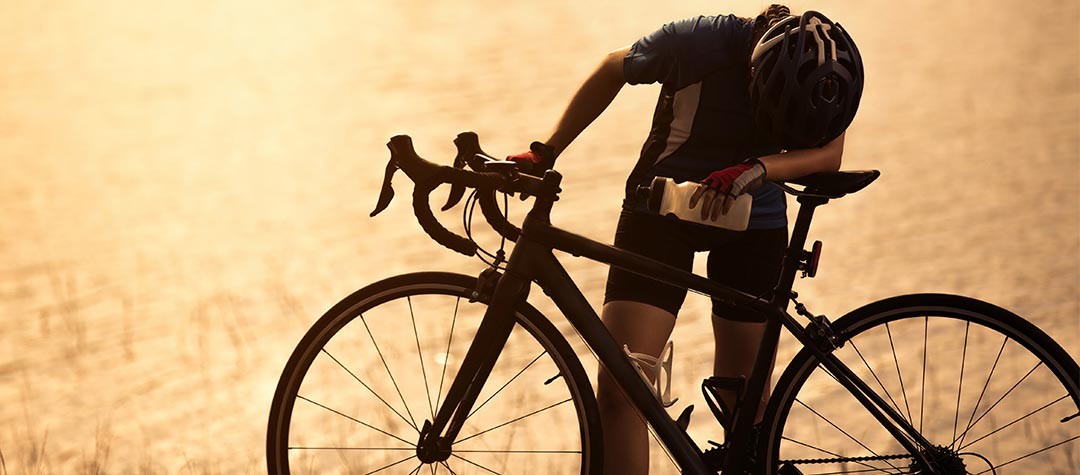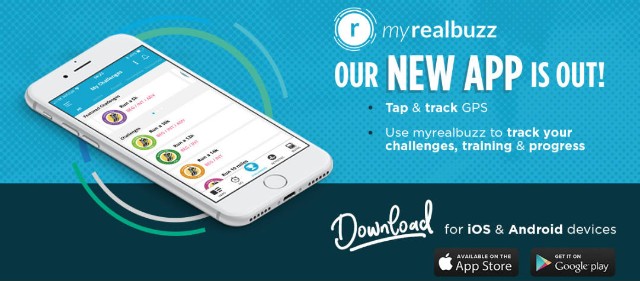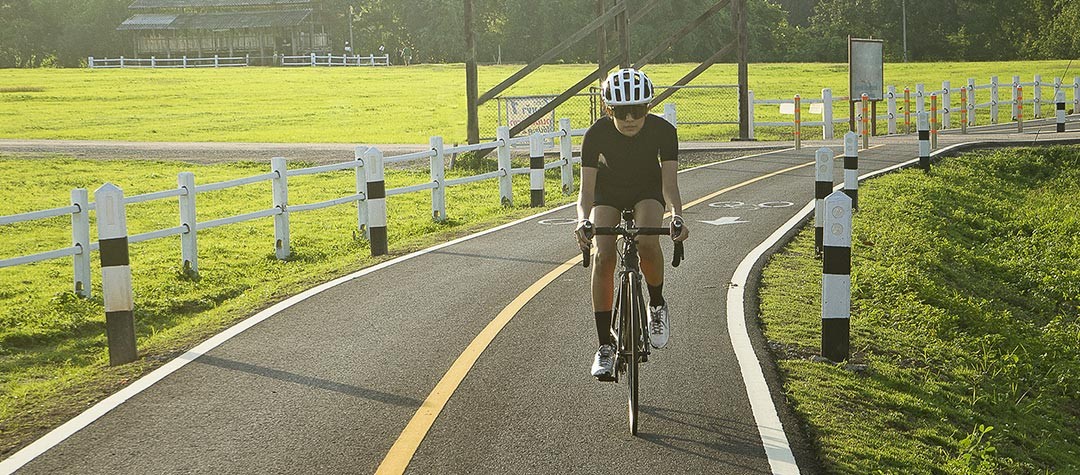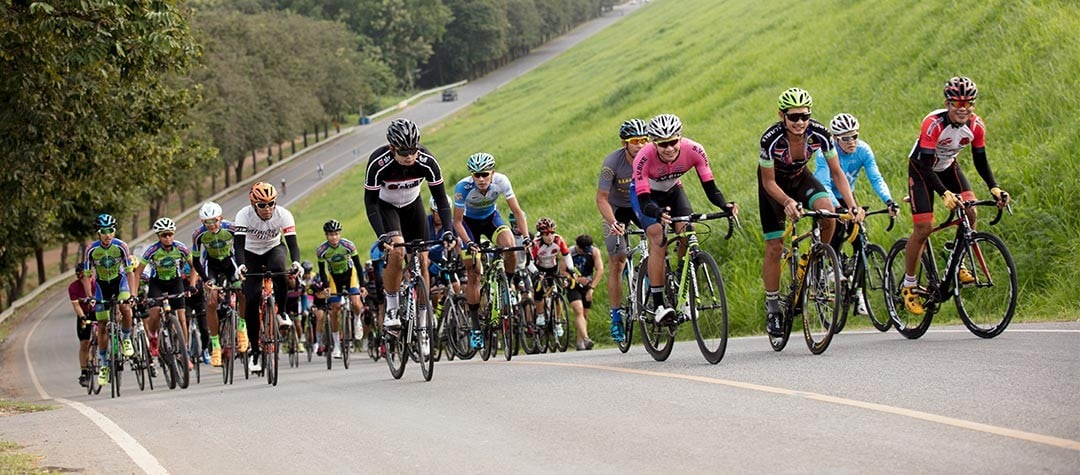Get the right fuel, nutrition and hydration with these handy tips on proper cycle preparation.
Getting your fuelling right is absolutely essential if you want to maximise your training as efficiently as possible. It will help you simply complete your ride, not to mention avoiding the dreaded ‘bonk’ or ‘hitting the wall’. It’s not unusual to hear some of the best professionals in the world reflecting on a poor race because they hadn’t eaten properly. We all get it wrong sometimes so here’s a guide on how best to get it right.
The importance of efficient refuelling
It can be very easy to forget to eat whilst on a ride, especially if you are with a group of friends, chatting and just enjoying the scenery. When I was younger there were many times when I forgot to eat and went through some very bad patches as my fuel levels plummeted. I would invariably have to swerve into the nearest garage forecourt and start scoffing sweets and chocolate to get my sugar levels up because my glycogen stores were so depleted.
That sort of refuelling, although temporarily pleasant (and tasty), is to be avoided at all costs. Suddenly consuming vast amounts of sugar whilst hungry will result in a sugar spike where you’ll feel great for a short time before your sugar levels drop precipitously, essentially making you feel even worse.
Efficient fuelling for riders of all abilities involves regular, steady consumption of foods containing primarily complex carbohydrates.
Efficient fuelling for riders of all abilities involves regular, steady consumption of foods containing primarily complex carbohydrates, because they provide the ideal fuel source with an even release of energy.
Remember to start fuelling early in your ride, way before you actually get hungry. On a 3-4 hour ride I’ll start eating after about 30-40 mins then eat every 25-35 minutes thereafter. This could be a couple of bites from a banana or energy bar mixed with sips from my bottle containing a mix of carbohydrates and electrolytes.
Preparation
The generally accepted benchmark rule with regard to fuelling is to take on 1 gram of carbohydrate per kilogramme of bodyweight per hour of riding, although you will need to factor in the intensity of the exercise and adjust that ratio up or down accordingly. To put that in further context 1 gram of carbohydrate contains 4 calories.
Always use a mix of products/food that you are familiar with and that you know you won’t have a problem digesting.
Before embarking on a ride (especially a remote one where there won’t be many opportunities to stop and buy food) ensure you have enough food/fuel with you. Consider the distance, temperature and weather conditions and also if you are factoring in a café stop or not. Remember, always use a mix of products/food that you are familiar with and that you know you won’t have a problem digesting.
Focus primarily on complex carbohydrates: things like muesli bars, flapjacks, gels etc. The variety of bars and gels available now is amazing, but perhaps also try baking your own home made treats? Remember, fuelling is an essential process but eating something that tastes great and does the job towards the back end of a hard ride can give you a real morale boost. When I was racing and training I always saved my favourite treat in my back pocket until last.
Remember that in cold weather you’ll need to fuel that little more as your body will be burning more calories as it tries to keep warm. Best to fill your pockets with a bit too much than the other way around.
Drinking
In colder weather you’ll generally not drink as much, simply because you don’t feel like it. However, even on rides in lower temperatures you are still sweating and your body is working hard, so try to get into the habit of sipping a little and often. As you’ll be drinking less volume you can increase the concentration of your energy drink. This is especially important if you prefer fuelling with liquids rather than food (bars, cakes, fruit etc). However, experiment with the concentration levels first before embarking on a ride.
Never wait until you feel thirsty to drink as it will generally be a little late and your ability to perform effectively may already be adversely affected.
In warmer weather decrease the concentration levels of your chosen energy drink and also look ensure you have a mix of either carbohydrates and electrolytes or solely an electrolyte drink to replace the salts and minerals lost when you sweat. Never wait until you feel thirsty to drink as it will generally be a little late and your ability to perform effectively may already be adversely affected.
Fuelling on the move
If you’re quite new to riding then eating on the move can appear a little daunting so to make it easier just practice out on your own. It won’t take long to build up your skill level and it also takes away the pressure of trying to do this for the first time in a group of riders.
Also, make sure the hand you use to reach into your pocket and eat is the one you use the back brake with. This leaves your other hand free to brake (with the front) if you need to avoid a sudden hazard or another rider swerving in front of you. Never eat on a fast descent or in a crosswind or on a road that appears particularly slippery. Only eat when you feel in control. If in doubt, never take risks, just stop at the side of the road. It only takes a minute or so before you’re back on your way.















